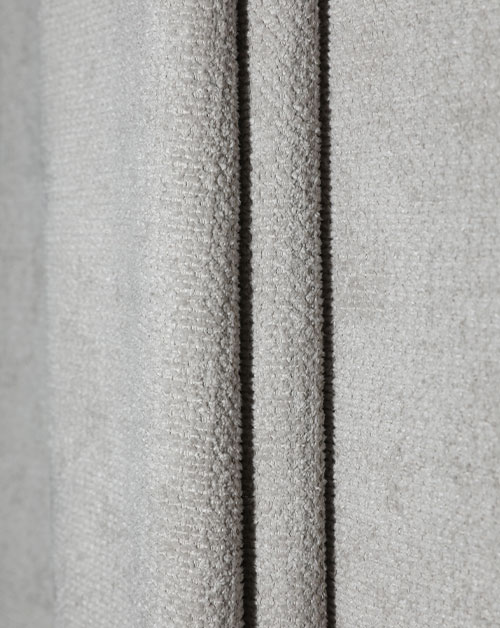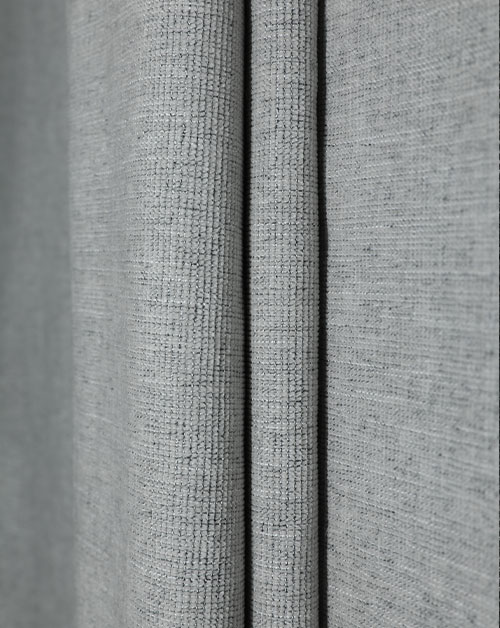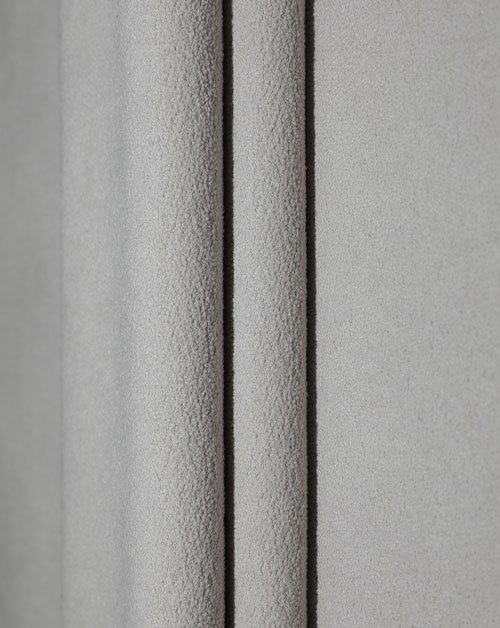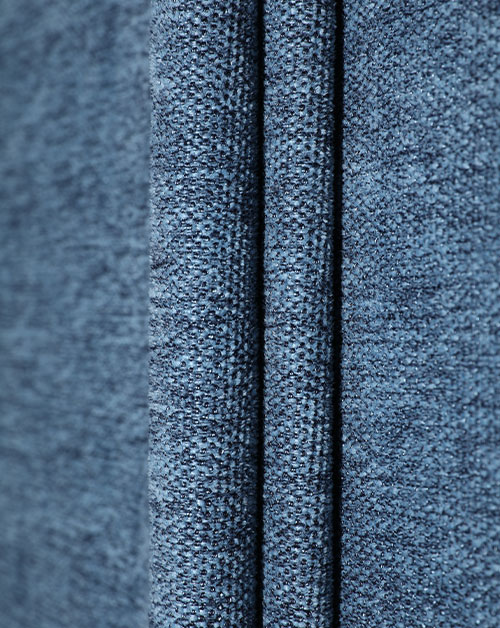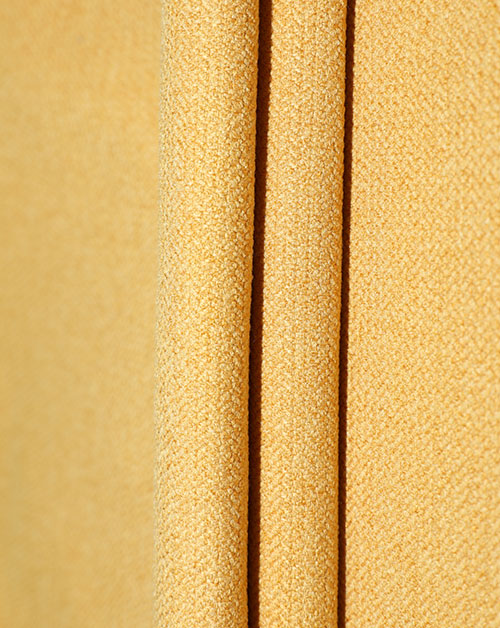In today's home furnishing sector, Functional Fabric has become a key term in the sofa and curtain industry. As consumers' demands for living quality, healthy environments, and aesthetic experiences continue to rise, traditional fabrics that simply emphasize appearance or price can no longer meet market demands. More and more brands and home improvement companies are beginning to focus on the comprehensive performance of fabrics in terms of durability, comfort, environmental friendliness, and ease of maintenance. Functional fabrics, because they can meet the high standards of modern home living, are becoming the mainstream direction of industry development.
Functional Fabrics Drive Sofa Fabrics into a High-Performance Era
In the past, sofa fabrics focused more on color, texture, and feel. Today, consumers are more concerned with whether the fabric is wear-resistant, flame-retardant, environmentally friendly, easy to clean, and stain- and water-resistant. Through technical fiber modification, innovative weaving methods, and new finishing processes, functional fabrics have achieved long-term durability, damage resistance, and stain resistance that traditional sofa fabrics lack, enabling sofas to move beyond mere visual appeal to high practical value and long-term reliability.
Functional sofa fabrics emphasize structural strength and fiber stability, ensuring a smooth appearance and resistance to deformation under long-term compression, friction, and daily use. Anti-pilling treatment keeps the fabric smooth while improving lightfastness and colorfastness, allowing the sofa to maintain its vibrant colors for a longer period. Most functional fabrics also possess superior moisture permeability and heat dissipation, ensuring comfortable seating and reducing stuffiness in different seasons. With contemporary home aesthetics pursuing a natural, spacious, and warm atmosphere, functional fabrics, combining comfort and performance, have become a key choice for sofa manufacturers and designers.
Functional curtain fabrics drive soft furnishings towards a healthy and comfortable experience. As an important decorative material connecting natural light and living space, curtains have also seen new breakthroughs in application thanks to the development of functional fabrics. Modern curtain fabrics, while maintaining basic effects such as softness, flow, and color coordination, are beginning to take on more practical functions. Properties such as sound insulation, light blocking, antibacterial, mildew-proof, dustproof, and fireproof make curtains an important medium for improving the indoor living environment.
Improved functional curtain fabrics can block some outdoor heat and ultraviolet rays, helping to control indoor temperature and reducing long-term UV damage to furniture and walls, thus enhancing the comfort of living spaces. Antibacterial and antimicrobial finishing technologies keep curtains clean during humid seasons, reducing the accumulation of dust mites and bacteria in the air, creating a healthier living environment for families with elderly people, children, or pets. Simultaneously, antistatic and dust-proof treatments reduce static electricity, making the curtains less prone to dust accumulation and easier to clean.
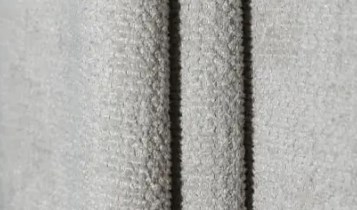
In terms of aesthetics, the color expression and weaving techniques of functional curtain fabrics are in no way inferior to traditional fabrics. They can even achieve richer visual layers through different fiber and process combinations, making curtains both a visual focal point of soft furnishings and an important decorative element for improving the atmosphere of a space.
Functional fabrics are driving home furnishing fabrics from traditional manufacturing to technological upgrading. The rapid development of functional fabrics is not only driving product upgrades but also propelling the entire home furnishing fabric industry into a new era. In the past, fabric manufacturing relied on manual labor and experience, but it is now evolving towards a technology-driven, data-guided, and R&D-first approach. Fabric companies are leveraging fiber innovation, nano-coating technology, environmentally friendly chemical treatments, and biodegradable materials to enhance the performance of sofa and curtain fabrics.
Many manufacturers are establishing more comprehensive testing systems, using technical indicators to evaluate fabrics' abrasion resistance, light resistance, stain resistance, flame retardancy, and other properties from multiple dimensions, making product quality more controllable. Simultaneously, to meet consumers' higher expectations for healthy and environmentally friendly homes, green production, environmentally friendly finishing, and standards that prevent skin irritation have become important industry development directions, making functional fabrics not only more functional but also more aligned with the humanistic concerns of modern lifestyles.
Functional fabrics have become a core competitive advantage in the upgrading of soft furnishing consumption. As the soft furnishing market matures, consumers' product choices have shifted from simply "aesthetically pleasing" to a comprehensive approach that considers "aesthetics, functionality, health, and durability." Functional sofa and curtain fabrics, while satisfying aesthetic requirements, address user pain points in practical use through performance advantages, resulting in products with longer lifespans and higher overall quality of life.
The diverse applications of functional fabrics have transformed interior design from purely decorative to a fusion of practicality, health, aesthetics, and technology. Soft furnishings are no longer mere accessories but integral components of the home experience. More and more brands are leveraging high-performance fabrics to differentiate themselves, making them more attractive in the market, increasing product premiums, and driving the entire industry towards comprehensive upgrading.
Functional fabrics are becoming a significant driving force in the home furnishing industry. Whether it's sofas or curtains, modern consumers' demands for fabrics are no longer limited to visual appeal but also emphasize health, durability, comfort, and convenience. With continuous innovation in textile technology, functional fabrics will continue to inject quality, comfort, and aesthetics into living spaces, becoming a crucial component of the core competitiveness of interior design companies and leading the entire home furnishing fabric industry into a new era of high-end and technological advancement.

 English
English 中文简体
中文简体 русский
русский عربى
عربى